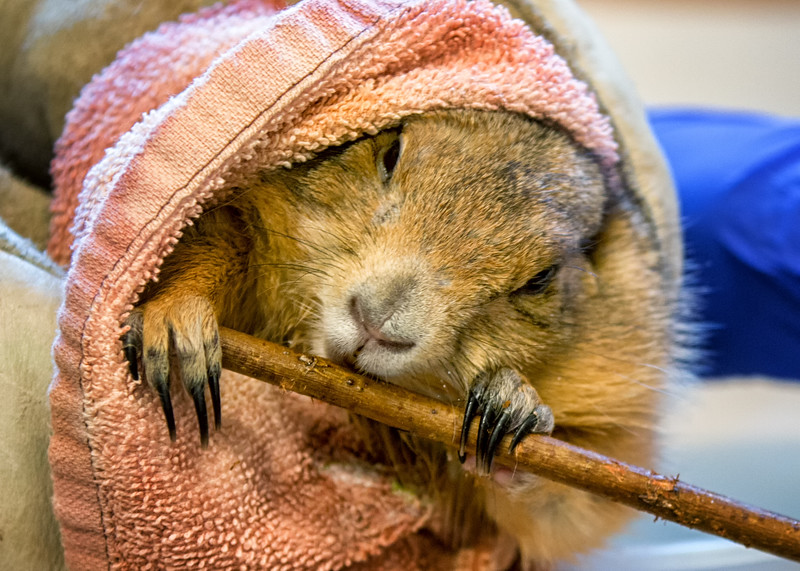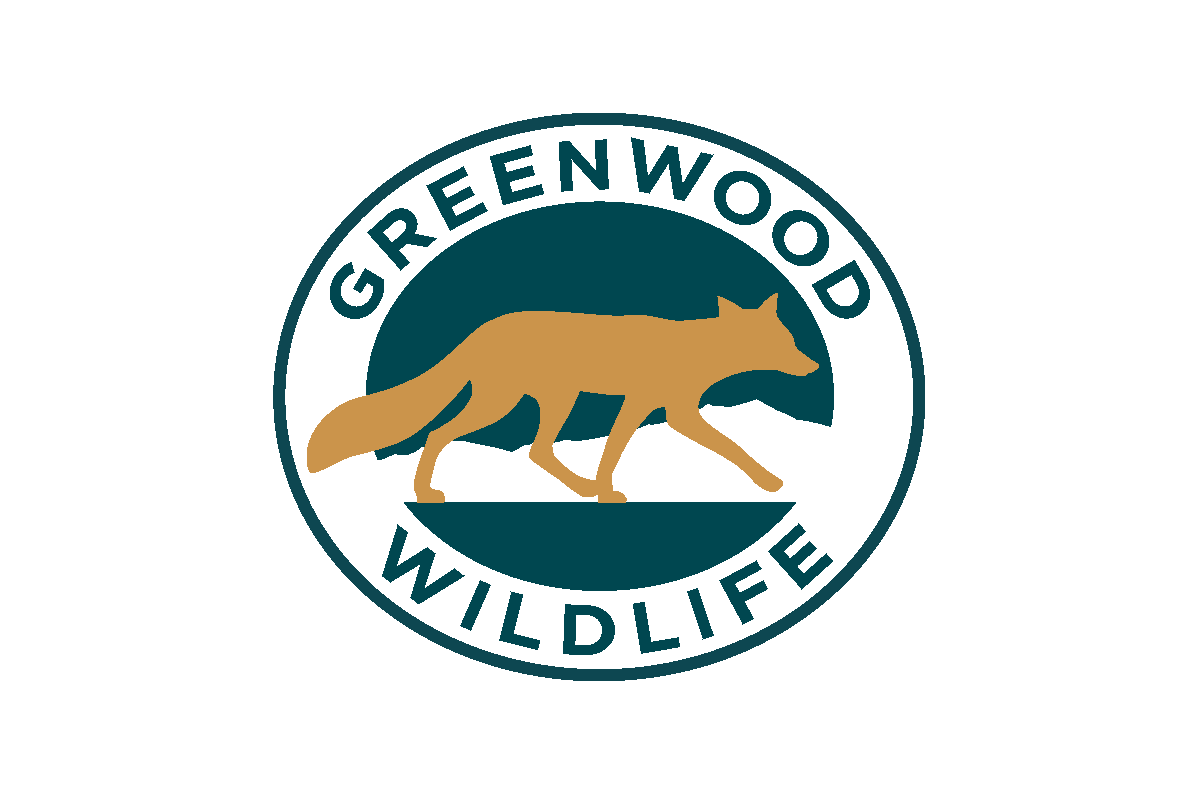written by: Chelsea Barrett

City of Boulder’s Open Space and Mountain Parks (OSMP) staff, trustees, and Prairie Dog Working group are in the process of drafting a plan to address prairie dogs on approximately 280 acres of land that they have designated as irrigable. According to the draft plan, irrigable refers to areas “that are associated with water rights and water that is typically available at a time, in a place and in amounts such that those OSMP lands are, or are able to be, irrigated for agricultural or other purposes for which the applicable water rights are decreed”. The process is currently in what they call the “3rd Engagement Window”, which means it is being reviewed by the Open Space Board of Trustees (OSBT) and City Council. During the initial engagement windows, OSMP described the situation to the community and collected feedback. The plan notes that the survey results are not statistically valid due to the way that responses were collected. The results indicated that that the stakeholders valued farming and ranching on open space over lives of individual prairie dogs and the animals that depend on them.
The draft plan acknowledges that only an estimated 40 acres of prairie dogs (which equates to 1,200 animals) can be relocated each year, which means they will be forced to use lethal removal methods on the remaining 240 acres (approximately 7,200 animals). The project area is focused on lands north of Jay Road (in Boulder), west of Diagonal Highway, and east of US 36. While the area of focus does not encompass Lyons, we’ve all become familiar with these prairie dogs on our drives to and from Boulder, Longmont, and beyond. If you’re a wildlife lover like me, you probably find joy in watching them running to and from burrows, “kissing” by touching noses or incisors, and even hugging.
These little burrowing animals are an essential part of our ecosystem. They are a keystone species meaning that other animals, such as predators like foxes and eagles, depend on them as a source of food. Their burrows also provide shelter for other animals, such as the rare Great Plains Toad. Eliminating these prairie dogs means there will be a high risk of important predator species such as eagles, hawks, foxes, badgers, and the Black-footed Ferret, which is the most endangered species in the United States. Prairie dogs make up about 90% of the ferret’s diet. These animals were wiped out in our state when human development caused a significant decline in their primary food source. In 2015, they were reintroduced by Colorado Parks and Wildlife and are starting to make a comeback.
Prairie dogs help enhance our western grasslands in a number of other ways. Studies show that the vegetation above a prairie dog town is higher in protein and nitrogen as a result of the animals helping manage it, and is favored by grazing ungulates such as bison, elk, and pronghorn. Prairie dogs also help diversify plant species with their digging and scratching, which creates patches of bare soil for new types of vegetation to become established. The way that they clip the plants around their shelters increases nitrogen uptake by these plants. Additionally, burrows can act as aquifers that cool the land while helping prevent water from eroding it.
I’ve heard people comment about how much they love seeing foxes and birds of prey in their neighborhood but could care less about prairie dogs. This kind of logic is concerning and doesn’t acknowledge the bigger picture when it comes to the role prairie dogs play in our world. Please note this column is meant to be informational and educational. Greenwood is not an advocacy organization, so we do not feel it is our role to take a stance on policy.

